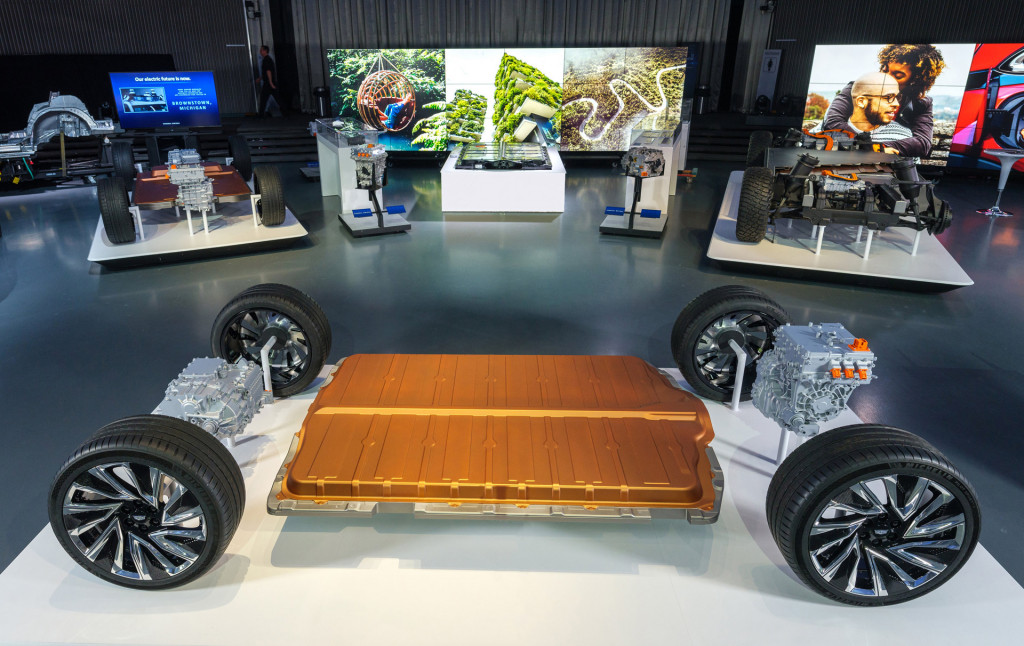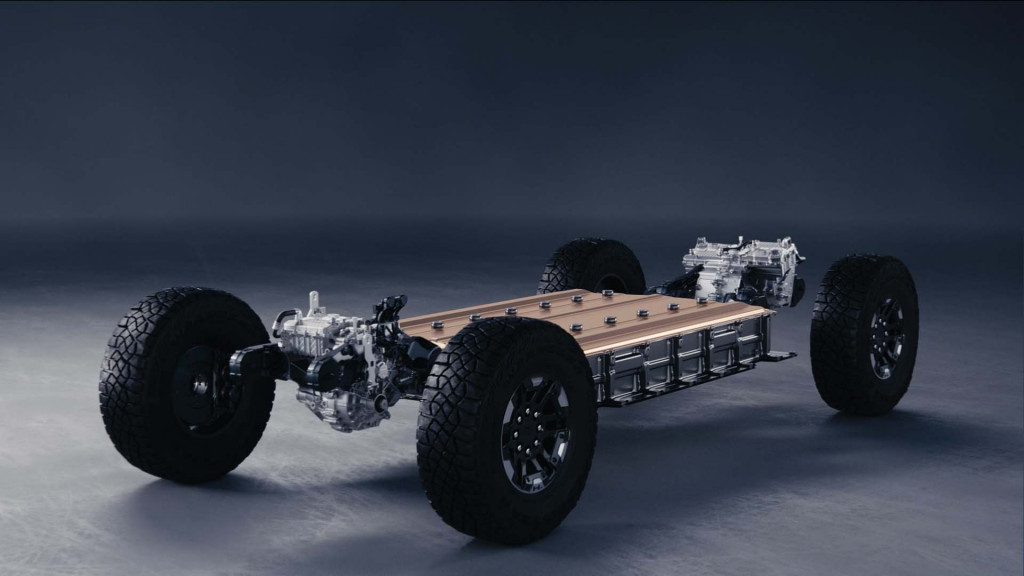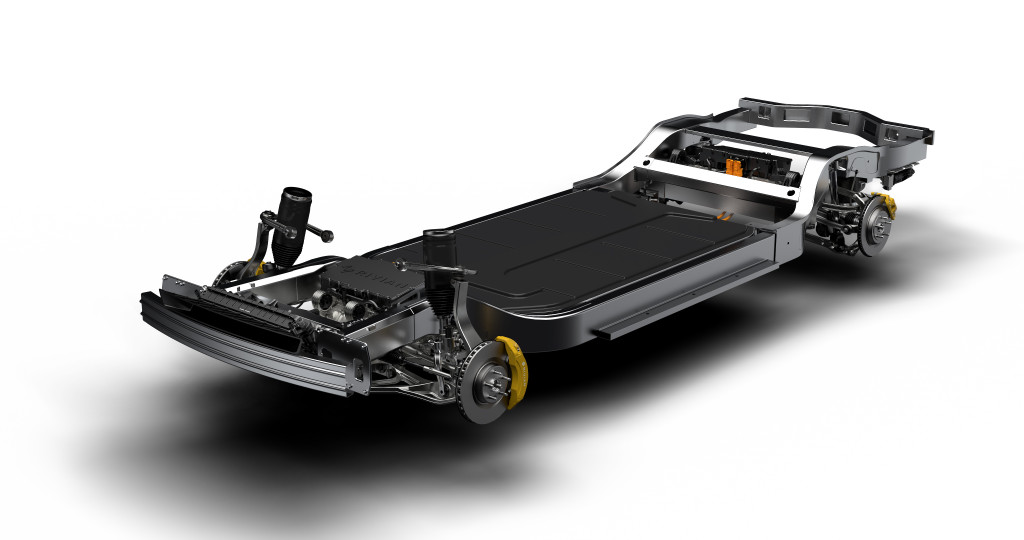The future is electric, and tomorrow's EVs won't just change how we buy and drive cars. They'll change how cars are made, and how we think of high-performance cars.
The mystique behind many ultra-exotic cars will fade away with their gas engines. The switch to EVs will mean the end of the mid-engine car as we know it.
Say goodbye to the mid-engine Ferraris, Lamborghinis, and Bugattis you thought you knew. Get ready for mid-battery.

General Motors' BEV3 platform and Ultium batteries
Weighty decisions
The engineering behind electric vehicles is so different from internal-combustion cars, it’s already introduced a slew of words to the enthusiast vocabulary, terms such as kilowatt-hours, sleds, skateboards, and prismatic cells. “Mid-battery” could soon join that lexicon, because it’s how most cars of the future will be designed, barring any huge breakthroughs in battery packaging.
Why did mid-engine design evolve in the first place? In a car designed around an internal-combustion engine, the powerplant is most often located ahead of the driver, which doesn’t provide the best weight balance. The purpose of a mid-engine layout is to shift the heaviest component, the engine, behind the passenger cell to improve balance. With better balance, the car can put its power to the ground more effectively in a rear-wheel-drive or rear-biased all-wheel-drive configuration. That’s why the 2020 Chevrolet Corvette went mid-engine.
What happens when there’s no engine, just a much lighter electric motor or motors and a heavy battery pack? The car’s platform essentially becomes a sled or skateboard for the battery pack, and it puts it under the floor in the middle of the vehicle. That’s a recipe for ideal weight balance.

2022 GMC Hummer EV
Motors, inverters, and DC converters generally add up to about the same weight as the exhaust system and fuel tank of a gas-powered vehicle. Most motors are located on the axles, though some EVs place them elsewhere. The Lordstown Endurance pickup truck, for example, rides on a sled chassis but has the motors on the wheel hubs. Rivians can be ordered with as many as four electric motors, two on each axle. The Porsche Taycan and Tesla Model S can be outfitted with three motors, two in the rear and one in the front.
While the vast majority of mass-production vehicles will be mid-battery, there will be exceptions to the rule. Particularly trucks and SUVs where having the most vulnerable powertrain component in the middle might not be the best place due to potential damage while off-roading or working. In those scenarios the packs might be split up in various places around the vehicle including fore and aft of the axles and or frame rails.
This mid-battery layout will make EVs easier to tune for handling, and potentially make them safer because it places the center of mass lower and allows for significant crumple zones front and rear. Engineers won’t need to package vehicle structures around the engine, transmission, or exhaust system. This will cut some weight and allow for smarter packaging with more room for passengers and cargo. While some batteries can take up irregularly shaped spaces inside and above the sled, they will still be located between the wheels.

Rivian R1T, R1S chassis
Here’s to the future
Today’s batteries are heavy. Green Car Reports’ Senior Editor Bengt Halvorson notes that a typical electric car weighs 600-800 pounds more than a comparable gas-powered car, or even more. Many of today’s battery packs weigh 1,000-1,150 lbs. But they will get lighter. The introduction of the solid-state battery will reduce charge times and possibly double energy density, though it may not necessarily reduce weight. More carbon fiber, high-strength steel, and other lightweight materials will further remove weight as material costs come down.
Electric motors don’t need to advance to take EV performance beyond what a gas engine can accomplish. They’re already more powerful, and they deliver incredible performance. The Tesla Model S can rocket from 0-60 mph in 2.5 seconds. It’s unlikely electric motors will get lighter, though, not that they add much weight.
That leaves the issue of sitting up higher on top of a battery pack, but there’s already a fix for that. The Porsche Taycan stacks its battery cells higher in some areas and lower in others to allow the driver’s seat to sit lower. Anyone who has sat behind the wheel of a Taycan knows it feels like a sports car.
The mid-engine car will soon be dead, but its concept of ideal weight balance is here to stay and will in fact grow with the proliferation of electric cars. The industry will make an effort to tackle the weight problem that electric batteries present, but just about every car will start with better weight distribution. Performance as we know it is about to change and even pedestrian daily drivers will have a handling leg up on their gas-powered predecessors.
Bring on the mid-battery era.
